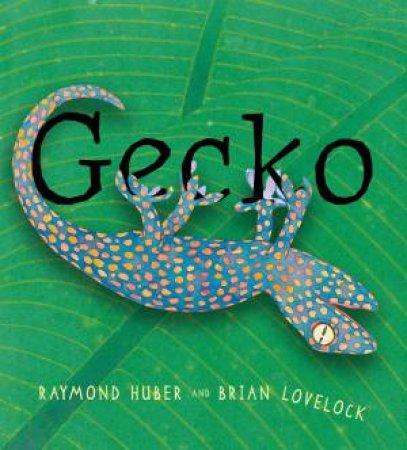By Liam Turner-Padgett
I am learning to inform my audience through an information report
Which bird can’t fly, is native to New Zealand and has four toes? If you guessed the Kiwi then you would be right. Did you know that the Kiwi was also on a bank note and still is present on New Zealand coins. Most people believe there are only one species of Kiwi but did you know there are actually five different sub-species of Kiwi? They are, the North Island Brown Kiwi, the Great Spotted Kiwi, the Little Spotted Kiwi, the Okarito Kiwi and the Southern Brown Kiwi. Kiwi birds have some surprising traits such as they can run as fast as a human! Or they can run the length of their territory (up to 6546 m) in one night! With all that running they must get really hungry.
Diet
Kiwis eat a lot of things also they aren’t picky over food, they eat small spineless animals called invertebrates, seeds, grubs, crayfish and even eels! The way they collect food from bodies of water such as eels is that they use their beak to pull them out of the water and whack them into submission. Kiwis don’t drink a lot of water, a reason is jucy earthworms can be up to 85% water and they are nocturnal so they don’t get all that hot and bothered in the sun. A kiwi bird could not survive in the wrong habitat.
Habitat
For every animal there is no place like home, this is what we call a habitat. A habitat is a place where animals naturally live that provide protect, food, water and their basic needs that work with their adaptations. A kiwis natural habitat could be from native forests to rough farmlands so you don’t need a beautiful palace to keep this bird happy. A kiwis habitat needs to provide it food and keep it safe from predators.
Predators
If animals eating each other was a crime then the main culprits would be stoats and cats, as they like to eat the kiwis. A second would be dogs because kiwis have weak chest bones and even a small nudge can kill a kiwi and because they have a musty smell which dogs find irresistable and have to investigate it. Although they aren’t predators hedgehogs, rodents and weasels also eat the same food as kiwi and are prey for the same animals that hunt kiwis keeping predators high.
To conclude kiwis are important icons to New Zealand, that are endangered. In order for the kiwi to survive we need to make sure they have a source of food, a safe habitat that can provide all of its needs and to keep predators away to make sure the kiwi will live for a long time.






